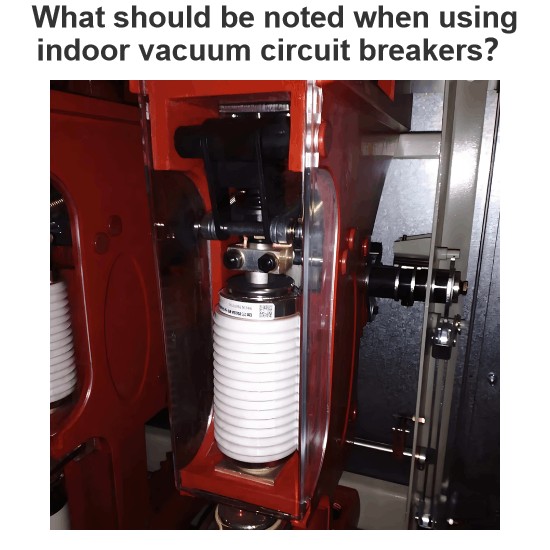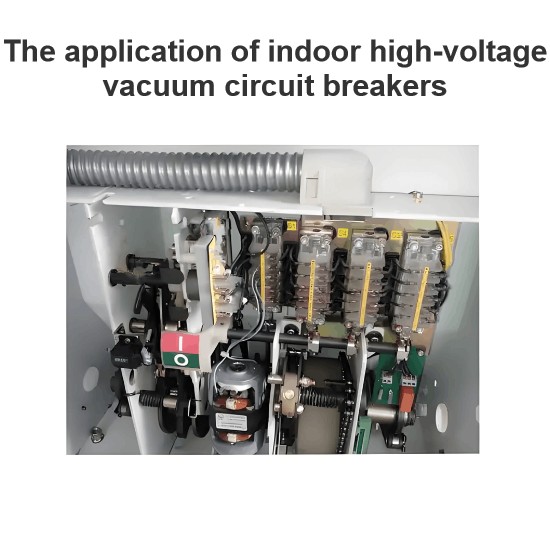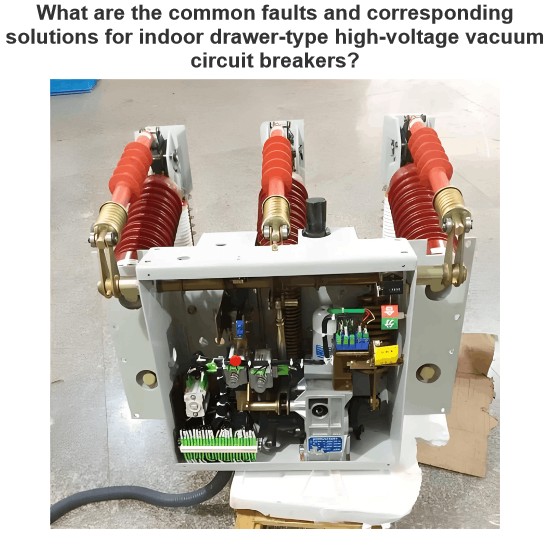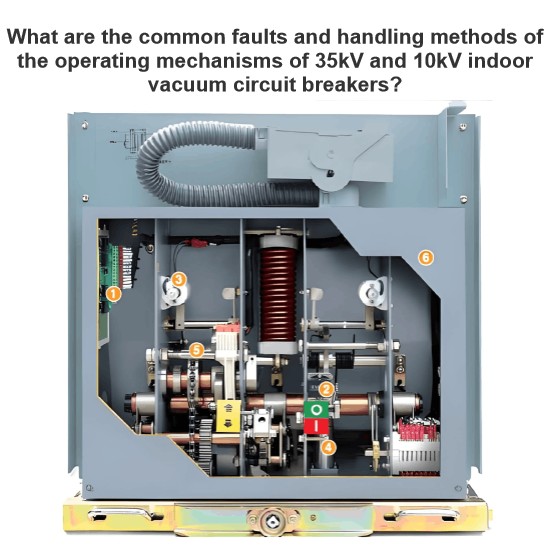Are AFCI and GFCI circuit breakers interchangeable?
Arc Fault Circuit Interrupter (AFCI) and Ground Fault Circuit Interrupter (GFCI) are two different types of circuit breakers that have different functions and uses and cannot be used interchangeably. Here are the differences between them:
AFCI (Arc Fault Circuit Breaker)
Design purpose:AFCI is primarily used to detect and prevent arc failure, which is an electrical failure due to loose wires or connections that can cause a fire. An arc failure usually occurs when the insulation of a wire is damaged or poorly connected.
How it works:AFCI identifies characteristics of arc faults by monitoring current changes in the circuit, such as rapid changes in current or irregular current patterns. Once an arc fault is detected, AFCI quickly disconnects the circuit to prevent a fire.
Application scenario:AFCI is commonly used in branch circuits in residential and commercial buildings, especially in areas such as bedrooms and living rooms, where wires are prone to wear or damage.
GFCI (Ground Fault Circuit Breaker)
Design purpose:GFCI is mainly used to prevent electric shock accidents, by detecting whether there is a current leakage in the circuit to the ground or other unexpected paths, thereby cutting off the power supply and protecting personal safety. This failure usually occurs in humid environments, such as kitchens, bathrooms, laundry rooms, and outdoor areas.
How it works:GFCI compares the input current and the output current in a circuit. If a difference between the two is detected (that is, a current leak), the GFCI immediately cuts the circuit to prevent an electric shock accident.
Application scenario:GFCI is widely used in wet or water-splashing areas such as kitchens, bathrooms, garages, basements, and outdoor outlets, where ground failures are more likely to occur.
Differential summary
Different protected objects:AFCI mainly protects the circuit from the fire risk caused by arc failure.GFCI mainly protects people from the risk of electric shock accidents.
Different detection objects:AFCI detects arc current characteristics in a circuit.
GFCI detects current leakage in a circuit.
Different installation positions:AFCI is usually installed in branch circuits, especially in the living areas of homes.
Different technical implementations:AFCI needs to identify the characteristics of arc current, and the technical implementation is relatively complicated.
GFCI only needs to detect the difference in current, and the technical implementation is relatively simple.GFCI is usually installed in areas that are wet or where there may be a risk of current leakage.
Are they interchangeable?
Because of their different functions and application scenarios, AFCI and GFCI cannot be used interchangeably. Each circuit breaker is designed for a specific type of electrical fault, so it is necessary to decide which circuit breaker to use according to actual needs when choosing an installation.
Selection in practical applications
In practical applications, it may be necessary to install both AFCI and GFCI to provide comprehensive electrical protection. For example, in a home, GFCI can be installed in wet areas such as kitchens and bathrooms, while AFCI can be installed in dry areas such as bedrooms and living rooms. In addition, there are some new circuit breakers that integrate the functions of AFCI and GFCI, which can provide both types of protection in a single device.
In short, AFCI and GFCI are two different circuit breakers, each with its own unique protection functions, and cannot be replaced by each other. The correct selection and installation of these two circuit breakers can effectively improve the safety and reliability of the electrical system.
The Electricity Encyclopedia is dedicated to accelerating the dissemination and application of electricity knowledge and adding impetus to the development and innovation of the electricity industry.













